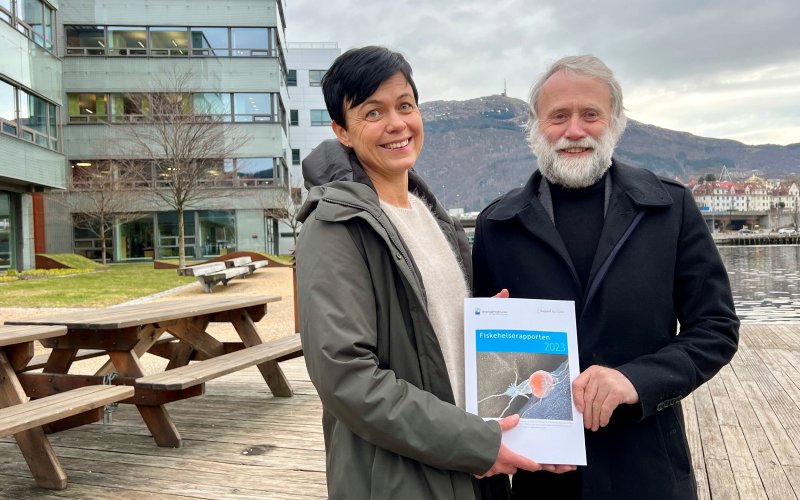Infectious diseases are the leading cause of mortality in Norwegian fish farming, according to the Fish Health Report from the Norwegian Veterinary Institute. The report provides an annual overview of the health challenges in the Norwegian farming industry and wild salmon. The farming companies themselves have shared data in the industry initiative AquaCloud.
The main causes of mortality registered were infectious diseases at around 38%, injuries (trauma) at around 33% and unknown causes at around 20%. Physiological causes at 4.5%, environmental conditions at 2.9%, and other causes at 2.0%.
“Infectious diseases are an extensive problem both for the fish's welfare and survival in the sea. There is a lot of knowledge about how the risk of infection can be reduced and there is great potential for improvement. It requires that the knowledge is put to use and translated into action in the farming industry,” said department director at the Veterinary Institute, Edgar Brun.
The five most common subcategories in infectious diseases were winter sores, cardiomyopathy syndrome (CMS), gill disease, heart and skeletal muscle inflammation (HSMI) and pasteurellosis. Lice treatments and stressful handling can weaken fish and make them more susceptible to infectious diseases.
Mortality rates
In 2023, 62.8 million salmon (16.7%) and 2.5 million rainbow trout (14%) died in the sea phase of production. For salmon, the mortality figures, both in number and percentage, are the highest recorded so far. As in previous years, there are large geographical differences in mortality.
The number of dead fish at the hatchery was reported in 2023 to be 37.7 million salmon and 2.4 million rainbow trout. This is an increase of approximately 2 million salmon compared to 2022. For rainbow trout, there is a slight decrease in both reported dead fish numbers and release numbers. The way the data is reported makes it difficult to calculate the annual percentage of mortality in the hatchery phase.
Notifiable diseases and sea lice
Infectious salmon anemia (ISA) was confirmed in 2023 at 18 locations. In addition, ISA was suspected at a further five locations. A significant proportion of outbreaks and suspicions were in Western Norway.
For pancreatic disease (PD), there has been a positive development with a decrease in the number of cases in recent years, and in 2023 there has been a further reduction to a total of 58 cases, compared to 98 cases in 2022.
Bacterial kidney disease (BKD) caused by Renibacterium salmoninarum saw an upswing in 2023. Most of the detections were in PO6, where it is suspected that the infection spread through the transport of infected fish and/or via well boats.
Salmon lice are still the biggest parasite challenge and the driver of disease in farmed salmon in the sea. The lice levels in 2023 were somewhat lower than in 2022. In 2023, most of the lice removals were drug-free, although there was a 17% decrease in the number of such treatments from the previous year. Mechanical lice removal was the most common lice removal method in 2023.
Download the Fish Health Report (Norwegian) here.







